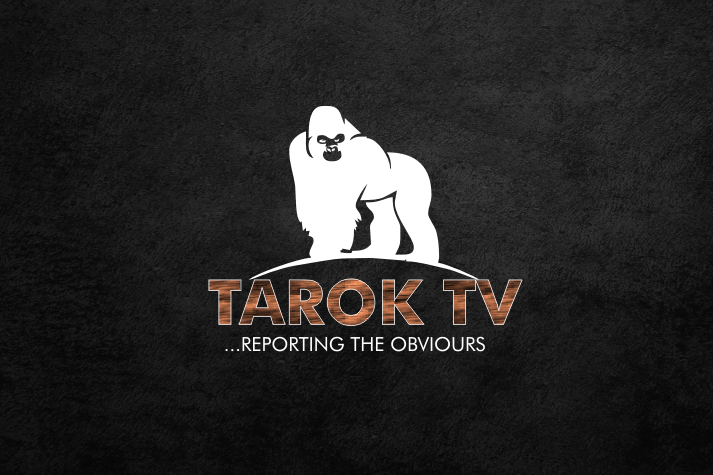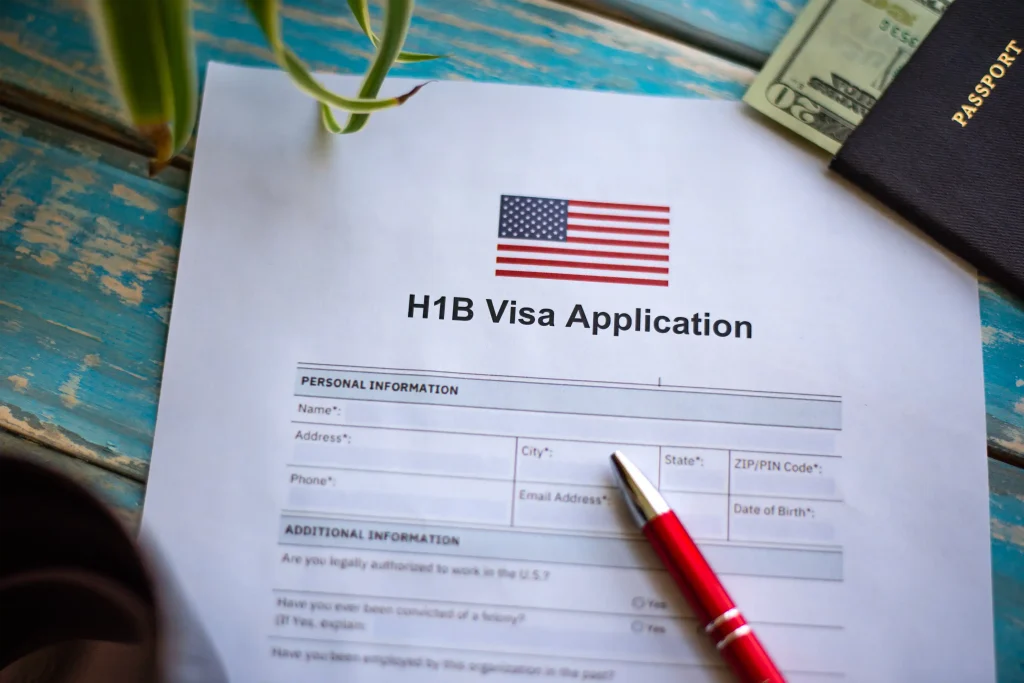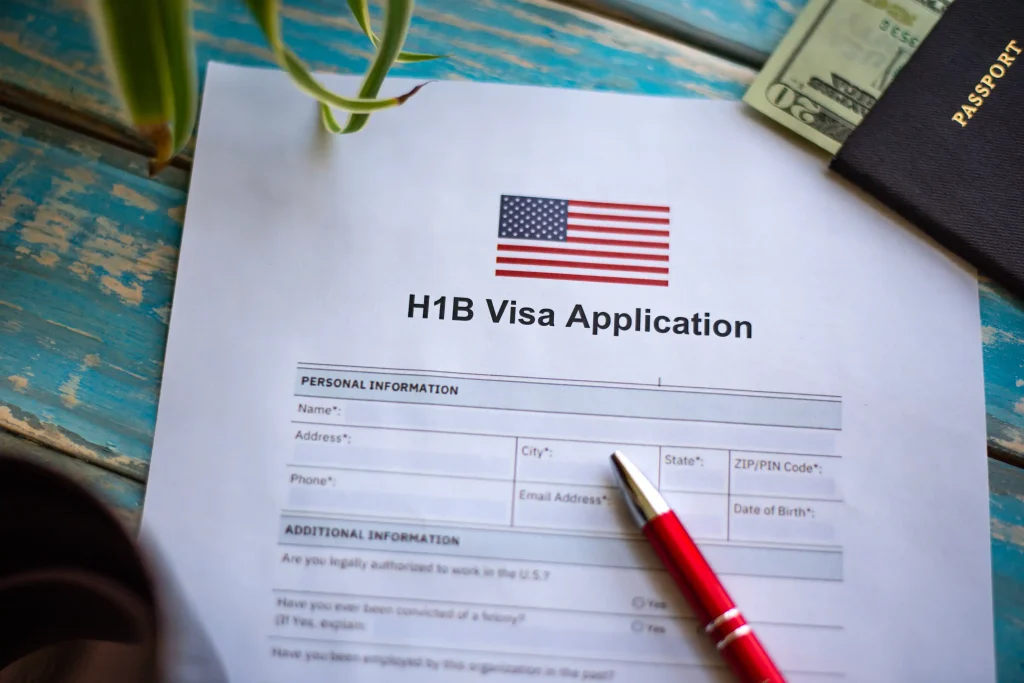H1-B Visa Guide: Navigating the US Work Immigration Process
- Home /
- blog post
The H-1B visa is a non-immigrant visa that allows U.S. employers to temporarily employ foreign workers in specialty occupations. This visa is highly sought after by skilled professionals around the world, offering an opportunity to work in the United States. In this comprehensive guide, we will navigate through the H-1B visa process, providing insights into eligibility criteria, application procedures, and key considerations for both employers and prospective employees.
-
Understanding the H-1B Visa
The H-1B visa is designed for foreign workers employed in specialty occupations that typically require a higher education degree or its equivalent. These occupations include fields such as IT, engineering, healthcare, finance, and more. The visa is employer-sponsored, meaning that a U.S. employer must petition for the visa on behalf of the foreign worker.
-
Eligibility Criteria for H-1B Visa
To be eligible for an H-1B visa, applicants must meet the following criteria:
- Possess a job offer from a U.S. employer for a specialty occupation.
- Hold the required educational qualifications or equivalent work experience.
- The job must be in a field that necessitates specialized knowledge and skills.
- The sponsoring employer must file an approved Labor Condition Application (LCA) with the U.S. Department of Labor.
-
Employer's Role: Petitioning for H-1B Visa
-
Labor Condition Application (LCA): Before filing the H-1B petition, the employer must obtain an approved LCA. This document attests that the employer will pay the H-1B worker the prevailing wage for the occupation in the geographic location.
-
Form I-129, Petition for a Nonimmigrant Worker: The employer files this form with the U.S. Citizenship and Immigration Services (USCIS). The petition includes details about the job, the foreign worker's qualifications, and other supporting documentation.
-
Supporting Documentation: Along with Form I-129, the employer must submit relevant documents, including the worker's educational credentials, a detailed job description, and evidence of the employer's financial ability to pay the H-1B worker.
-
-
H-1B Cap and Lottery System
-
The H-1B program has an annual cap, limiting the number of new H-1B visas issued each fiscal year. As the demand often exceeds the cap, a lottery system is used to randomly select petitions for processing.
-
The first 20,000 petitions filed for workers with a U.S. master's degree or higher are exempt from the regular cap. Once this quota is met, all additional petitions, including those for workers with advanced degrees, are included in the general lottery.
-
-
Premium Processing Option
- For an additional fee, employers can choose the premium processing option, which accelerates the processing time for H-1B petitions. This ensures a response from USCIS within 15 calendar days.
-
H-1B Visa Approval and Entry to the U.S.
-
If the H-1B petition is approved, the foreign worker can apply for an H-1B visa at a U.S. consulate or embassy abroad.
-
Upon approval, the worker can enter the U.S. up to 10 days before the authorized employment start date, allowing time to settle in and prepare for the new position.
-
-
H-1B Visa Duration and Extensions
-
H-1B visas are typically granted for an initial period of up to three years, with the possibility of extension for an additional three years.
-
After six years in H-1B status, the worker must either leave the U.S. or obtain a different visa status. Certain workers may be eligible for extensions beyond the six-year limit.
-
-
Dependents: H-4 Visa Holders
- Dependents, such as spouses and unmarried children under 21, can accompany H-1B workers to the U.S. under H-4 visa status. They are allowed to study but are not authorized to work, with few exceptions.
-
Considerations for H-1B Workers and Employers
-
Maintaining Status: H-1B workers must comply with visa regulations, including reporting changes in employment, address, and any other relevant information. Employers must notify USCIS of material changes in the terms and conditions of employment.
-
Transition to Permanent Residency: Many H-1B workers explore the possibility of transitioning to permanent residency (green card) status. Employers can sponsor H-1B workers for a green card, subject to the complex and lengthy U.S. immigration process.
-
Impact of COVID-19: The pandemic has influenced immigration policies and procedures. H-1B workers and employers should stay informed about any changes or flexibilities introduced by USCIS in response to the evolving situation.
-
- Maintaining Compliance with H-1B Regulations
-
Employer Compliance: Employers must adhere to all H-1B visa regulations to maintain compliance. This includes paying the H-1B worker the prevailing wage, providing the specified working conditions, and notifying USCIS of any changes to employment terms.
-
Employee Compliance: H-1B workers are responsible for maintaining lawful status in the U.S. This includes working only for the sponsoring employer, notifying USCIS of any changes in address, and complying with visa expiration dates.
- Portability Provisions for H-1B Workers
- The American Competitiveness in the Twenty-First Century Act (AC21) includes portability provisions that allow H-1B workers to change employers under certain conditions. This provides flexibility for H-1B workers to explore new employment opportunities within the U.S.
- Recruitment and Talent Acquisition Strategies
- Employers seeking to hire foreign workers through the H-1B program should implement effective recruitment and talent acquisition strategies. This may include collaborating with international recruiting agencies, attending job fairs, and utilizing online platforms to connect with skilled professionals.
- Educational Credential Evaluation
- Educational credentials play a crucial role in the H-1B visa process. Ensuring that foreign educational qualifications are equivalent to U.S. standards is essential. Many employers require an educational credential evaluation to assess the foreign worker's qualifications.
- Family Considerations
- H-1B workers often relocate with their families. Employers should be mindful of the unique challenges and considerations faced by H-1B workers and their dependents. Offering support and resources for settling into a new country can contribute to a positive work experience.
- Visa Extensions and Transfers
- As the expiration of the initial H-1B period approaches, employers may seek visa extensions for their foreign workers. Additionally, H-1B workers may explore opportunities with new employers, requiring a smooth transfer process. Understanding the procedures for extensions and transfers is crucial for both employers and employees.
- Navigating Immigration Policy Changes
- U.S. immigration policies can undergo changes, impacting the H-1B visa program. Employers and employees should stay informed about policy updates and be prepared to adapt to any modifications in the visa application process.
- Consideration of Alternatives: O-1 and L-1 Visas
- In certain cases, alternative visa options may be considered. The O-1 visa is for individuals with extraordinary abilities or achievements, while the L-1 visa is for intracompany transferees. Employers and employees should explore these alternatives based on individual circumstances.
- Engaging Legal Counsel
- Given the complexities of the H-1B visa process, engaging legal counsel with expertise in immigration law is advisable. Immigration attorneys can guide employers and employees through the application process, provide legal insights, and ensure compliance with all relevant regulations.
- Networking and Professional Development
- H-1B workers are encouraged to engage in networking and professional development activities. Connecting with industry peers, participating in professional associations, and staying updated on industry trends can enhance career opportunities and contribute to a successful professional journey in the U.S.
- Community Engagement and Cultural Integration
- Cultural integration is essential for a positive work experience. Both employers and H-1B workers can benefit from community engagement initiatives, cultural exchange programs, and resources that foster a supportive and inclusive work environment.
Conclusion
The H-1B visa process is intricate, involving collaboration between employers, foreign workers, and U.S. immigration authorities. Navigating this process successfully requires careful attention to eligibility criteria, timely and accurate documentation, and an understanding of the evolving landscape of U.S. immigration policies. As both employers and prospective employees embark on this journey, staying informed and seeking legal guidance can contribute to a smoother and more successful H-1B visa application process.

About Admin - Admin
TarokTv, ...Reporting the obvious.
Contact
Phone number: 07062319173
Email: [email protected]
Reach out to us with any news or article.
Latest Articles

Success leaves clues, and those who seek to make a difference must study the lives of those who…
read more
Langtang, a town in Plateau State, Nigeria, is not just another dot on the map but a significant origin for…
read more
Brief Biography of Gen. (Senator) Jeremiah Timbut Useni
Early Life and Education:
Jeremiah Timbut Useni, often referred to as "Jerry Boy," was born on February 16, 1943,…
read more
The Ibiari: A Sacred Tradition in Tarok land
The Ibiari Oga Sa festival, an annual tradition in Tarokland, was celebrated today as part of the year-end observance marking…
read more
ITAROK PA IZING BY REV. DR. SELBUT LONGTAU
A PAPER PRESENTATION AT ITAROK PA IZING 2ND CARNIVAL HELD AT THE AZI NYAKO YOUTH CENTRE, JOS, 30TH NOVEMBER, 2024
… read more
TarokTv News: The Return of "Gathering of Bookworms" - A Literary Revival in Langtang North/South
TarokTv is thrilled to announce the upcoming edition of the Gathering of Bookworms, a celebrated event aimed at uniting the…
read moreLatest Albums
Recent videos
Copyright © 2020 - TarokTv designed by Taroktv Media.








leave a comment
0 comment